Some people are attractive because their generation, society or time period dictates who and what is attractive. Advertising, media, magazines, art, sculpture, celebrity- all dictate why some people are attractive.
Why and how some people are considered attractive has evolved throughout the generations (Barber, 1998).
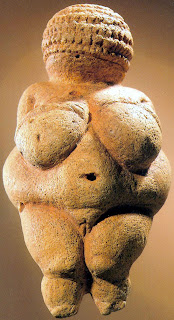
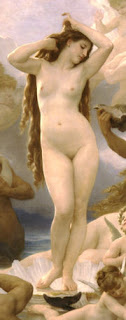
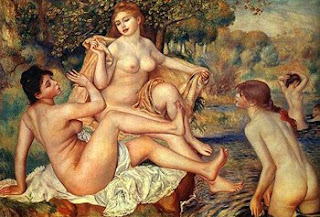
Throughout the 1920’s and 30’s the thin, flapper look was the ideal, with short dark hair and masculine qualities: dictated by the depression, war etc.

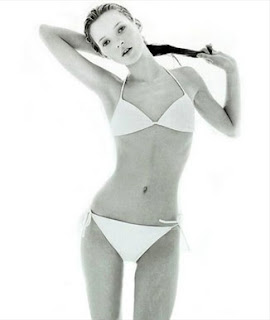
The idealized Venus of Willendorf from 24000-22000 BCE was the epitome of fertility with large breasts, exposed reproductive organs and a swollen stomach, and by today’s standards would be considered obese- acting as the ideal for women of her era.

Botticelli’s ‘the birth of Venus’ from 1486 stands as a statuesque woman of large proportions with creamy skin and a soft, plump body. For centuries she was considered to have the ideal female figure.

Renoir’s ‘The Bathers’ from 1887 continued the ideal of large breasts, hips and significant fat deposits around the stomach and thigh areas.

Throughout the 1920’s and 30’s the thin, flapper look was the ideal, with short dark hair and masculine qualities: dictated by the depression, war etc.

Marilyn Monroe from the 1950’s reinstated the ideal of voluptuous, curvaceous bodies with her size 14 physique, curly flowing hair, which was considered as ‘sexy’ and ‘feminine’ by many.

Twiggy is the epitome of the 1960’s female physique landscape, with a thin frame, long legs, geometric clothing and hair and sullen face.
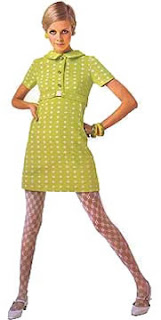

Twiggy is the epitome of the 1960’s female physique landscape, with a thin frame, long legs, geometric clothing and hair and sullen face.

This thin is in ideal has carried throughout the 1970’s, 80’s, 90’s and today with models such as Kate Moss and Giselle Bundchen considered as attractive with very young faces, extremely thin physiques but still keeping the ‘hourglass’ shape.

References:
Information Sourced from:
Barber, N. (1998). Secular changes in standards of bodily attractiveness in American women: Different masculine and feminine ideals. The Journal of Psychology, 132, 87-94.




No comments:
Post a Comment